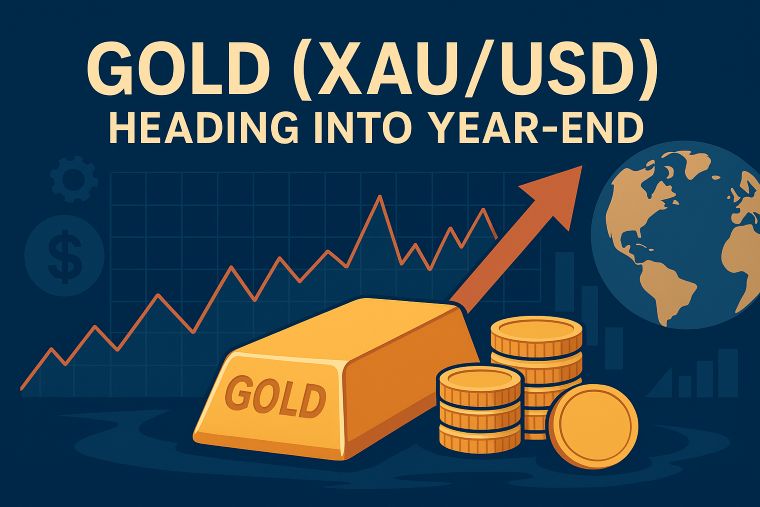3 min to read
The USDJPY pair has embarked on a robust upward trajectory
scaling heights unseen since November of the preceding year.

“Amidst an unprecedented surge in dollar demand, the USD/JPY pair has embarked on a robust upward trajectory, scaling heights unseen since November of the preceding year”
In today’s New York foreign exchange arena, a commanding presence of dollar acquisition has facilitated a pronounced upswing in the USD/JPY pair, reaching the latter echelons of the 147 yen territory. This remarkable ascent signifies an apex last observed in November of the antecedent year. Notably, the burgeoning yields emanating from U.S. bonds have emerged as a formidable bulwark underpinning the USD/JPY pair.
Furthermore, the specter of an economic slowdown in both the Chinese and Eurozone realms has permeated market sentiment, alluding to a discernible proclivity towards risk aversion. This sentiment, in turn, has bolstered the allure of the U.S. dollar. The discernible deceleration in growth, as manifested by China’s service sector PMI, unveiled during the Asian trading hours, has considerably heightened apprehensions surrounding the fragility of China’s economic convalescence. Moreover, PMI data originating from the Eurozone has undergone successive revisions in a downward trajectory, registering a third consecutive monthly descent.
Within the financial sphere, today witnessed the revelation of an interview with a distinguished Federal Reserve Board (FRB) director, who avowed the absence of any imminent exigency for decisive action. Presently, market sentiment exhibits a near-unanimous consensus, assigning an imposing 95% probability to the Federal Open Market Committee (FOMC) maintaining its current stance in September, with the director’s pronouncements congruently endorsing this perspective.
Despite the potential suspension of the FRB’s tightening cycle later this month, the anticipation of sustained elevated interest rates has precipitated an escalation in U.S. bond yields, extending steadfast support to the U.S. dollar. Diverging from the economic trajectories of the Eurozone, the United Kingdom, and China, the U.S. economy is basking in optimism, evoking visions of a soft landing. Against this backdrop, the dollar remains resolutely entrenched in its bullish momentum.
The options market, in turn, is characterized by anticipations of further dollar ascendance, inching closer to levels hitherto unseen since April.
Simultaneously, the EUR/USD pair continues its relentless pursuit of lower thresholds, expanding its descent into the upper echelons of the 1.07 dollar range. Today’s downward traverse has brought it into proximity of the 200-day moving average, intensifying concerns of further depreciation. The focal point now gravitates towards the potential retest of the May nadir at 1.0635 dollars.
In the imminent days, market attention is poised to pivot towards the convening of the European Central Bank (ECB) Governing Council on September 14th. In the short-term money markets, a formidable 75% probability looms of interest rates holding firm, while a 25% likelihood of a 0.25% point rate hike persists. Speculation is rife that the ECB may opt to forego a rate hike during this session.
However, mirroring the strategy previously employed by the Federal Reserve in June, the ECB might eschew an immediate rate hike while preserving the possibility of subsequent increments. The prevailing market sentiment presently assigns a 50% probability to interest rate hikes materializing within the year.
Meanwhile, the GBP/USD pairing grapples with persistent resistance at elevated thresholds. On occasion, it has briefly descended into the lower realms of the 1.25-dollar range, persistently treading beneath the 100-day moving average. Expectations for additional rate hikes by the Bank of England surpass those of the Federal Reserve and ECB. Nonetheless, the emergence of feeble economic indicators has cast a pall over the UK’s economic prospects, intensifying concerns about an impending economic downturn. Nevertheless, some voices contend that, notwithstanding relatively lackluster indicators, the UK economy may yet experience positive growth in the third quarter.
In the realm of economic data, the recently confirmed August service sector PMI registered at 49.5, falling below the pivotal 50-mark, emblematic of a contraction. However, it is noteworthy that these figures exceeded both anticipatory expectations and preliminary estimates. Despite the erosion in consumer confidence within the UK, corporate sentiment appears to suggest negative growth. Nevertheless, in practice, demand remains robust, and there exists a prevailing anticipation of a 0.2% increase in GDP for the July-September period relative to the previous quarter. This divergence between PMI readings and actual economic momentum is indicative of a nuanced landscape.
Visit XM Official Website.

